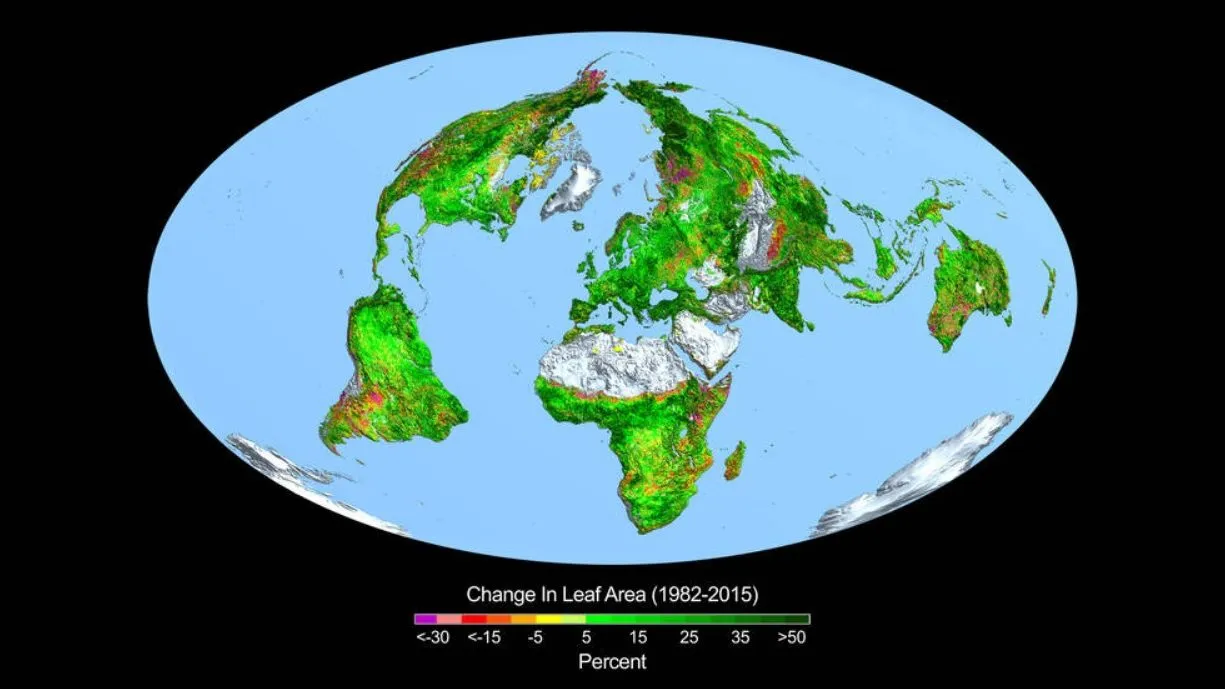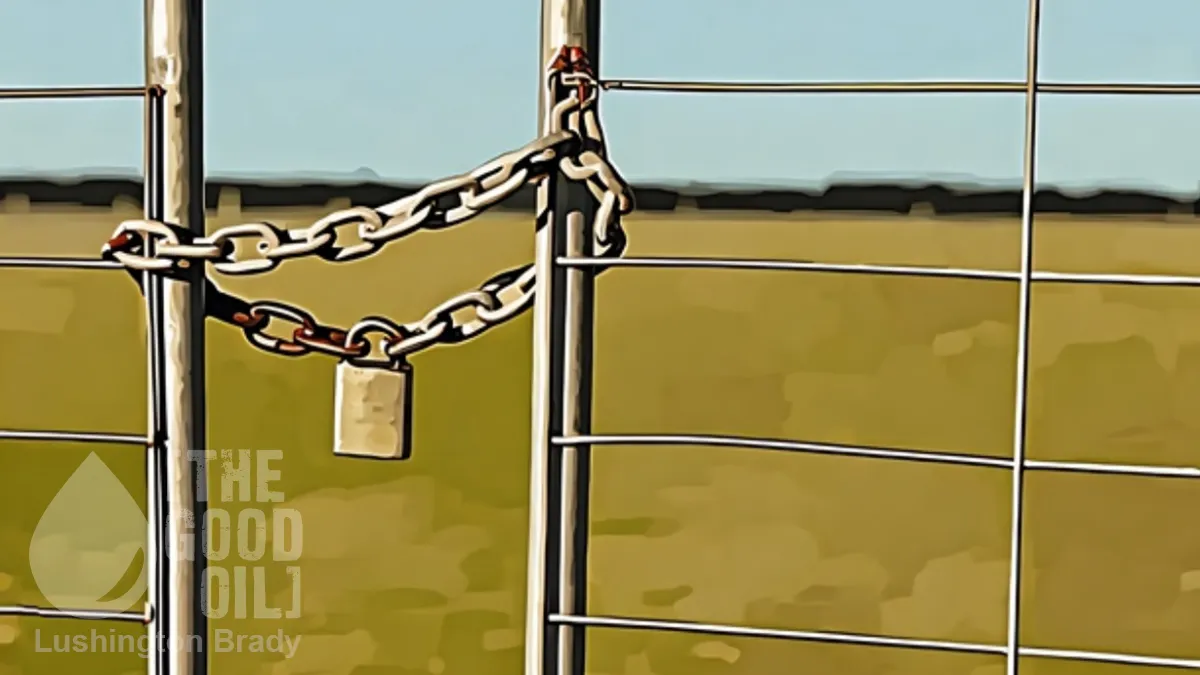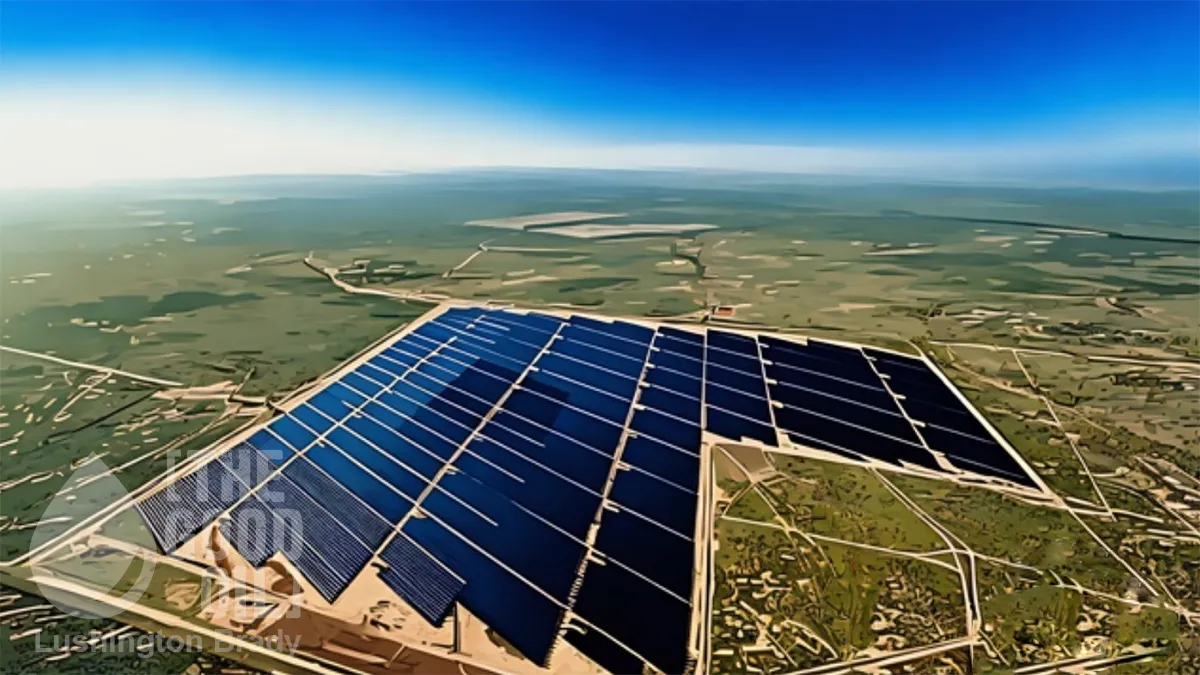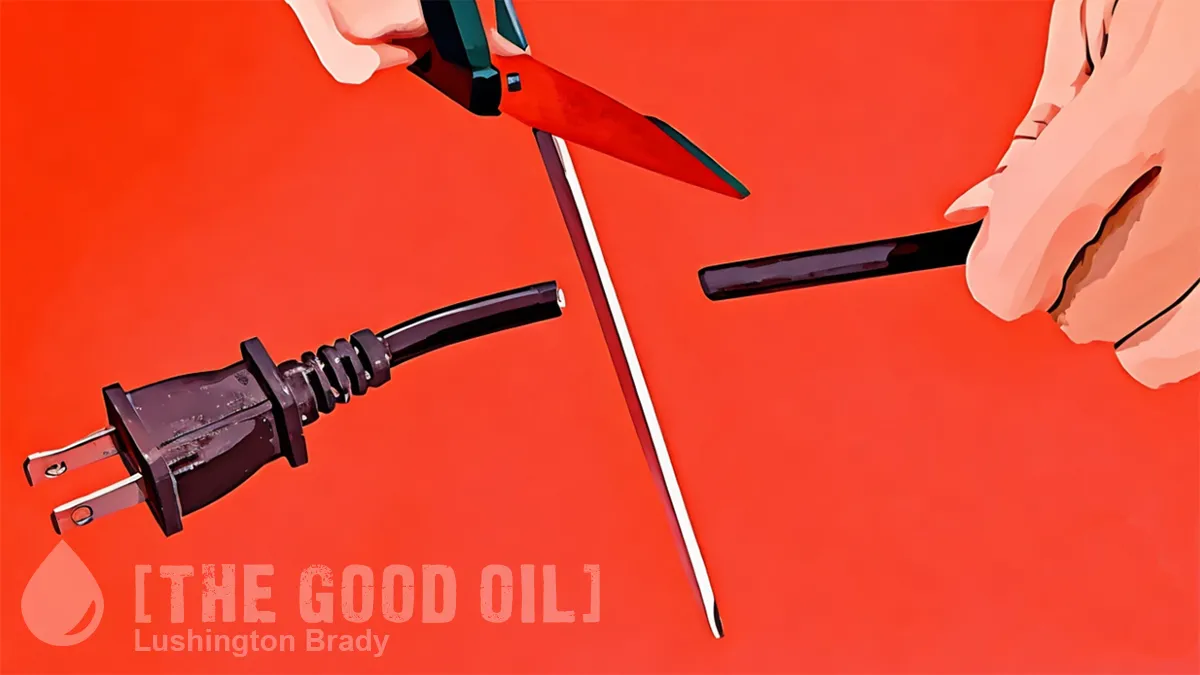It never ceases to amaze me that a country economy dependent on growing things — be it via arboriculture, agriculture, apiculture, aquaculture, aviculture, citriculture, floriculture, horticulture, mariculture, pisciculture, silviculture, viticulture or simply the scenery that brings tourists to our Great Walks etc — would want to deprive all this of its feedstock. Talk about biting the hand that feeds you.
Two posts caught the eye. First:
The Crowther Lab at ETH Zurich investigates nature-based solutions to climate change. In their latest study the researchers showed for the first time where in the world new trees could grow and how much carbon they would store. Study lead author and postdoc at the Crowther Lab Jean-François Bastin explains: “One aspect was of particular importance to us as we did the calculations: we excluded cities or agricultural areas from the total restoration potential as these areas are needed for human life.”
The researchers calculated that under the current climate conditions, Earth’s land could support 4.4 billion hectares of continuous tree cover. That is 1.6 billion more than the currently existing 2.8 billion hectares. Of these 1.6 billion hectares, 0.9 billion hectares fulfill the criterion of not being used by humans. This means that there is currently an area of the size of the US available for tree restoration. Once mature, these new forests could store 205 billion tonnes of carbon: about two thirds of the 300 billion tonnes of carbon that has been released into the atmosphere as a result of human activity since the Industrial Revolution. […]
WUWT
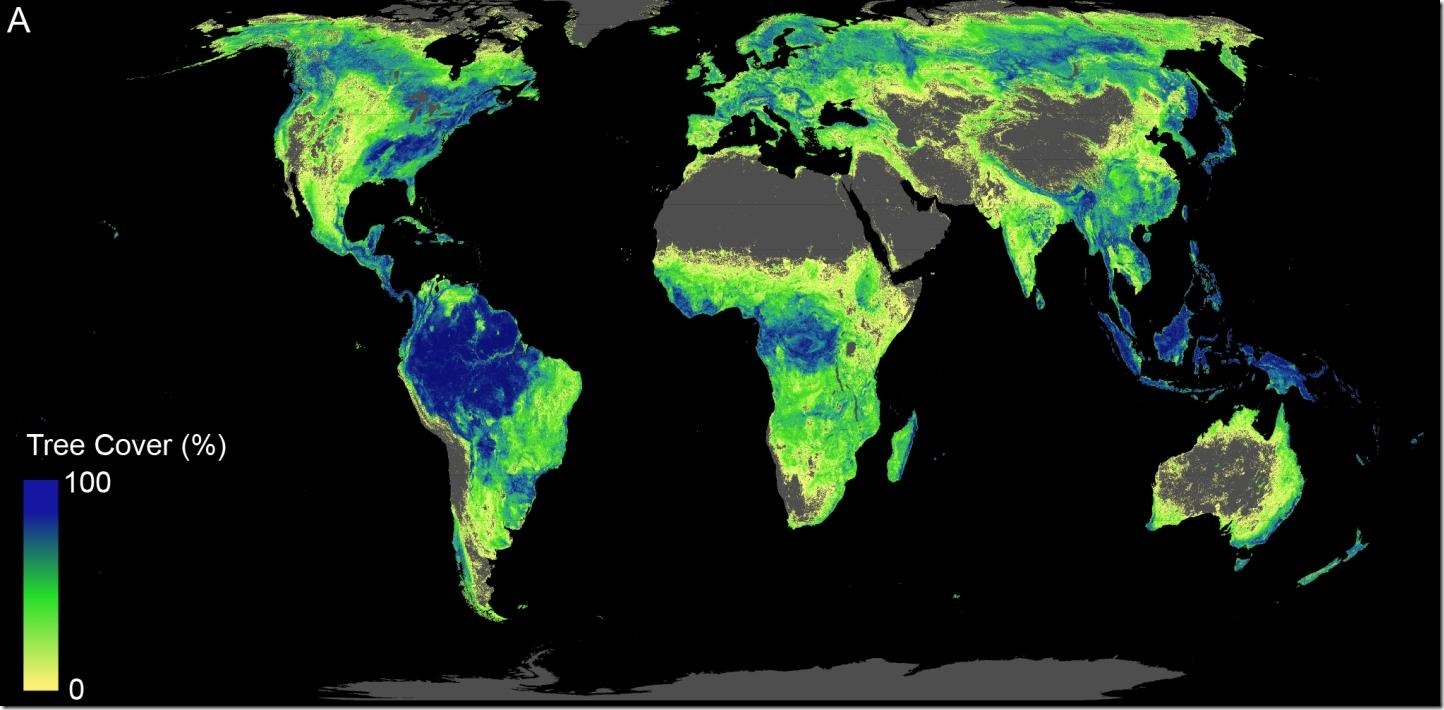
Plant an area the size of the US to eat up the CO2. Simple! Jones is on to that already.
But wait … steak knives at the ready! A day later this appeared:
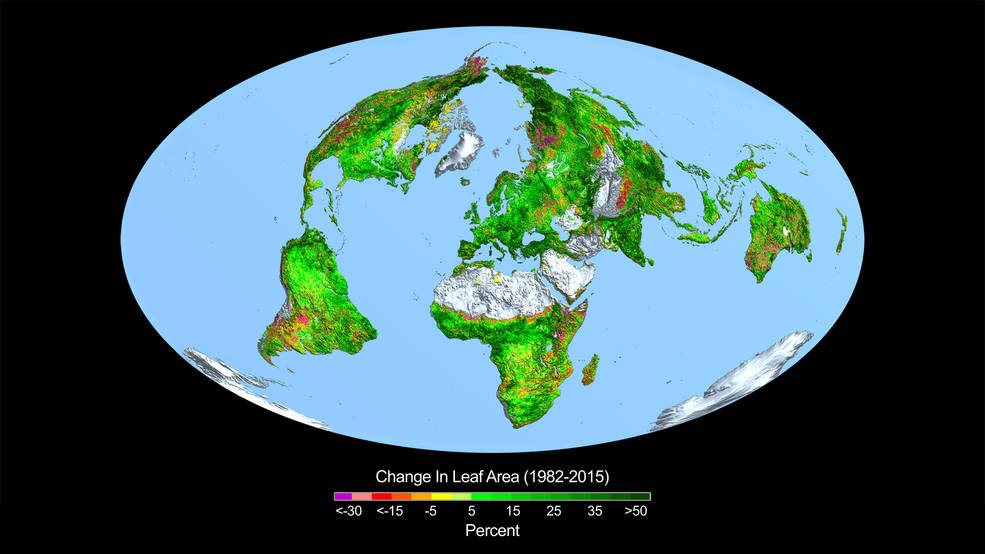
Amid all the talk of an imminent planetary catastrophe caused by emissions of carbon dioxide, another fact is often ignored: global greening is happening faster than climate change. The amount of vegetation growing on the earth has been increasing every year for at least 30 years. The evidence comes from the growth rate of plants and from satellite data.
In 2016 a paper was published by 32 authors from 24 institutions in eight countries that analysed satellite data and concluded that there had been a roughly 14% increase in green vegetation over 30 years. The study attributed 70% of this increase to the extra carbon dioxide in the atmosphere. The lead author on the study, Zaichun Zhu of Beijing University, says this is equivalent to adding a new continent of green vegetation twice the size of the mainland United States.
Global greening has affected all ecosystems – from arctic tundra to coral reefs to plankton to tropical rain forests – but shows up most strongly in arid places like the Sahel region of Africa, where desertification has largely now reversed. This is because plants lose less water in the process of absorbing carbon dioxide if the concentration of carbon dioxide is higher. Ecosystems and farms will be less water-stressed at the end of this century than they are today during periods of low rainfall.
There should have been no surprise about this news. Thousands of experiments have been conducted over many years in which levels of CO2 had been increased over crops or wild ecosystems and boosted their growth. The owners of commercial greenhouses usually pump CO2 into the air to speed up the growth of plants. CO2 is plant food.
This greening is good news. It means more food for insects and deer, for elephants and mice, for fish and whales. It means higher yields for farmers; indeed, the effect has probably added about $3 trillion to farm incomes over the last 30 years. So less land is needed to feed the human population and more can be spared for wildlife instead.
WUWT
The Greens and eco-nuts should be dancing with joy, turning cart-wheels down Queen St and along Lambton Quay. It is GOOD NEWS! More food, happier turtles and whales, less water-intensive farming etc …
What’s that? Oh, sorry … apparently we have a climate emergency.

